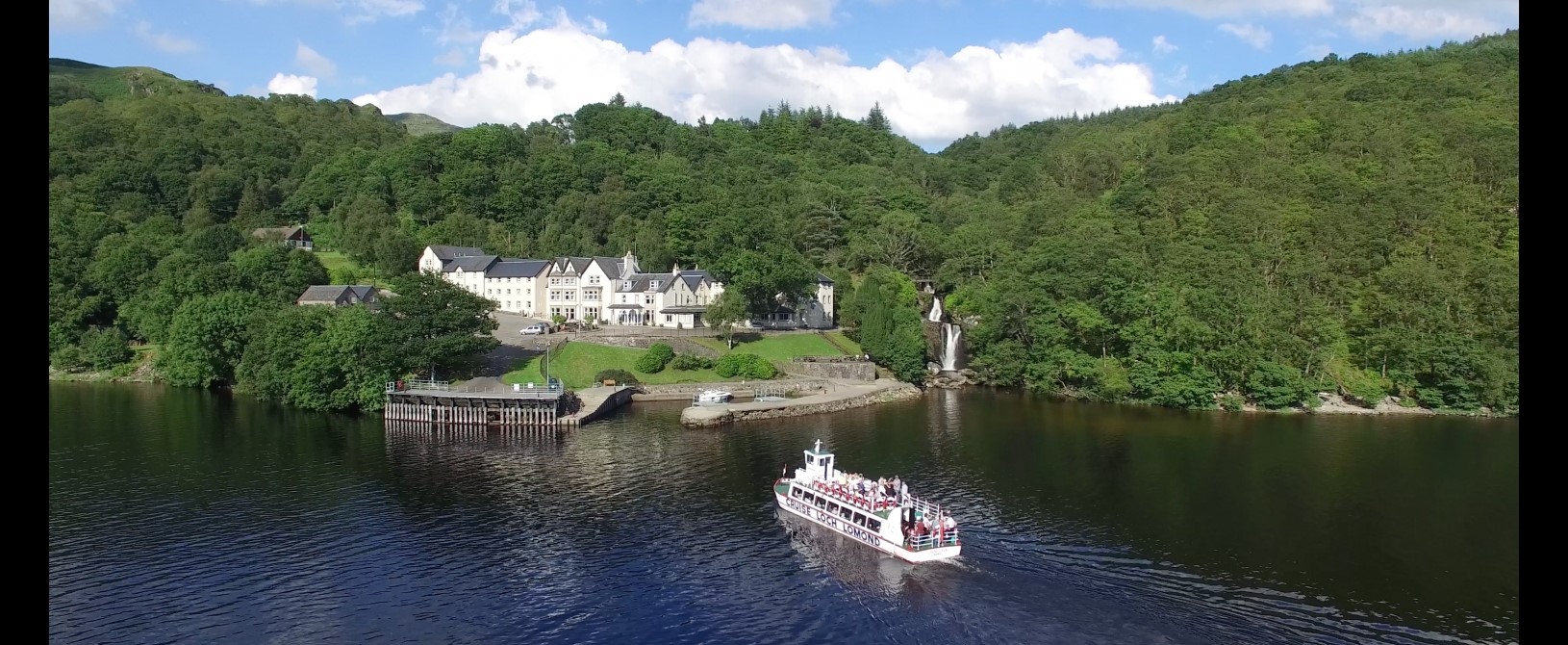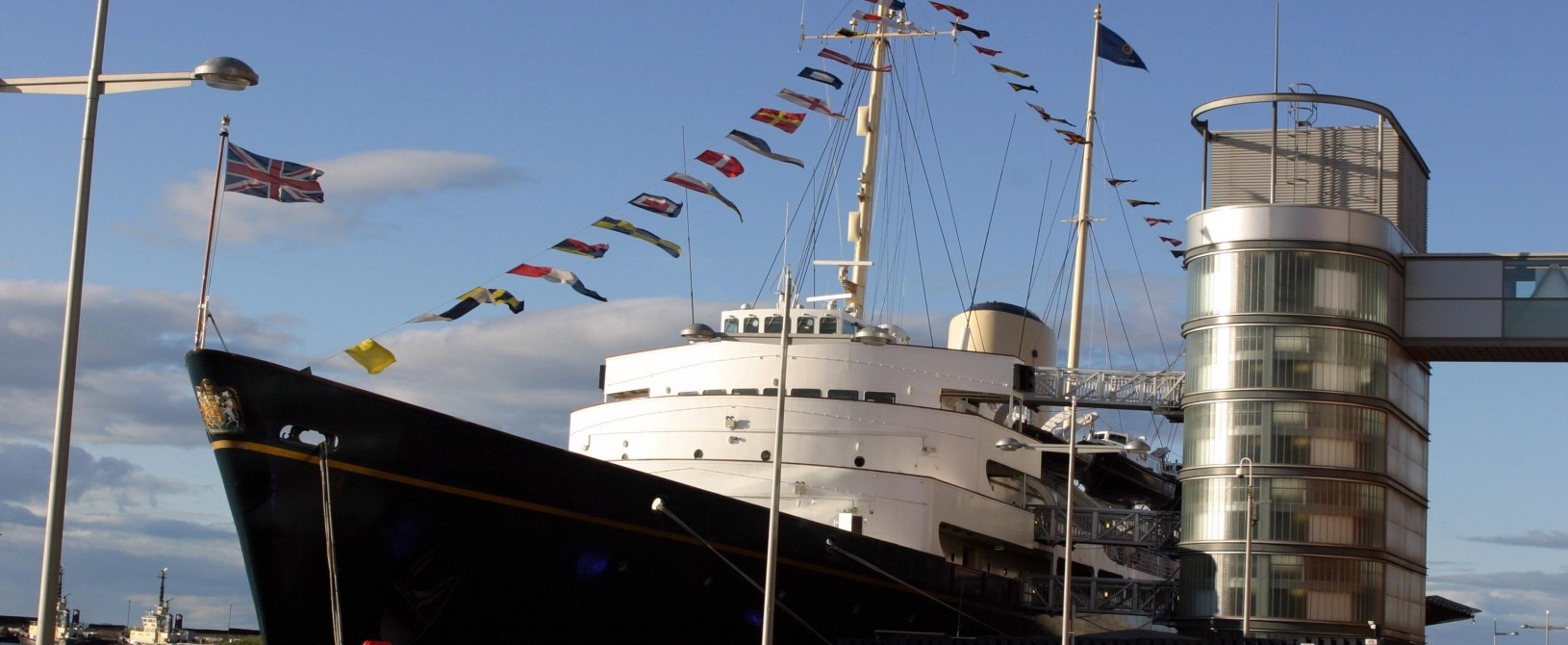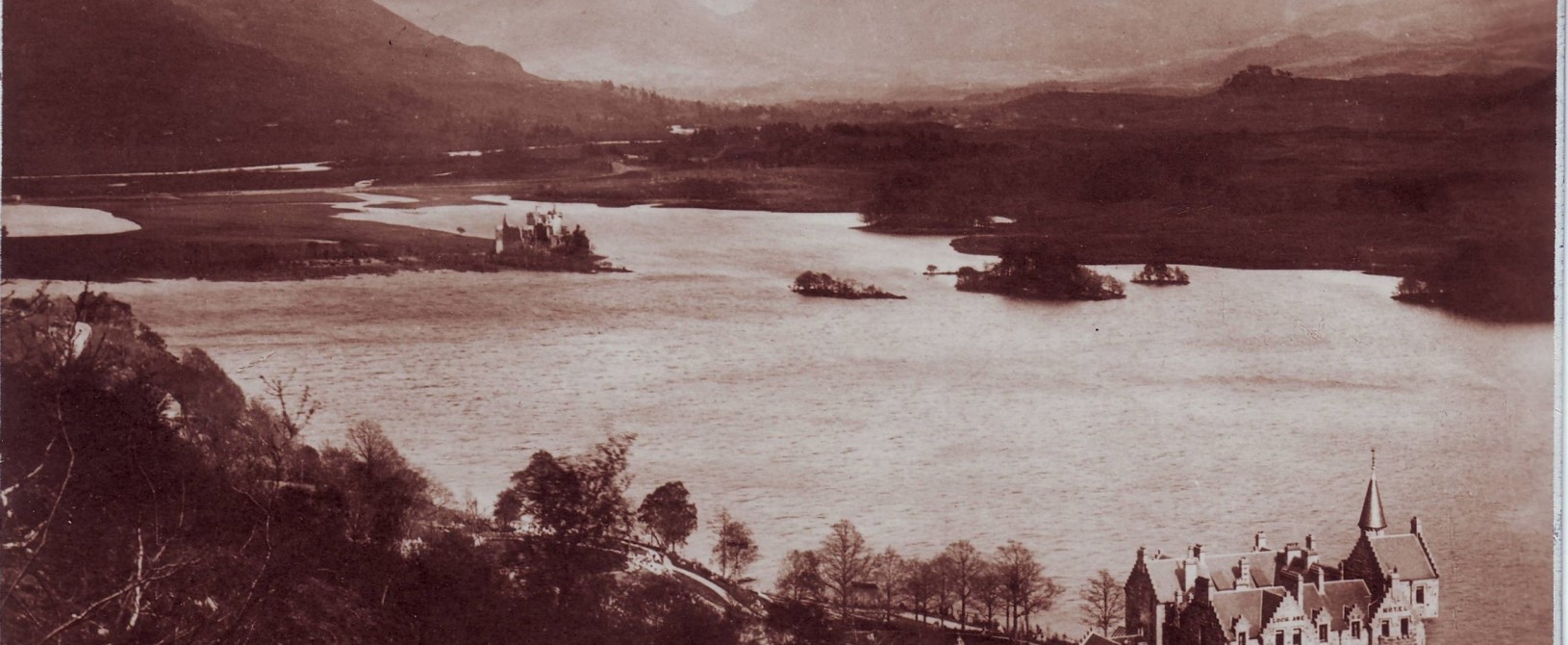Issue 32, Spring 2010

As elsewhere in Britain, we were somewhat taken by surprise at the intensity and length of the cold snap at the turn of the year. Fortunately Scotland is well used to harsh winter weather and, on the whole, our tours were not too badly affected. One exception however was the Christmas party at Inversnaid, who had an extra day added to their holidays as the snow ploughs didn't reach the hotel until too late on their day of departure. We do hope this was seen more of a bonus than an inconvenience!
The Lake of Menteith, familiar to many of our guests from tours of the Trossachs, froze to a depth of at least seven inches for the first time since 1979. This is the minimum of ice necessary for a Bonspeil, or Grand Curling Match to be announced.
Bonspeils have a fine Scottish tradition and, over the past two centuries, 33 such events have been held, often involving curlers numbering in their thousands. Sadly all of these were before the days of Health and Safety Officialdom which promptly banned the event saying that a proper risk assessment was impractical and warned that no-one was to venture onto the ice.
To the great credit of the Scots, these orders were ignored and instead, they relied on the tried and tested standard of ice thickness that has kept people safe for the past 200 years.
I travelled to Menteith during the second weekend in January to find many hundreds of people on the lake. More than a dozen curling matches were taking place. There were hastily erected hot dog stands, skaters of all levels of ability, kilted pipers and children being dragged on sleds across the mile of ice to the island of Inchmahome where several impromptu barbecues were being held. It was a most heart-warming sight and, for the many youngsters there, an unforgettable experience that may not be repeated for many a year, if ever. All in all, a rare triumph for good old-fashioned common sense.
Michael Wells - Chairman
Royal Yacht Britannia

Royal Yachts have been an important part of our British heritage since the restoration of Charles II in 1660. In all, 84 royal yachts have been built, although not all monarchs were content with just one. In 1831 for example, during the reign of William IV, five were simultaneously in service. In earlier times the role of the Royal Yacht was primarily that of a warship, but during the past 150 years or so they have been used primarily for ceremonial purposes.
The Royal Yacht that most of us remember is Britannia, which replaced an earlier vessel Victoria and Albert III. Plans for Britannia began during the reign of King George VI, but sadly he died in 1952, four months before the keel of the yacht was due to be laid and his daughter, Princess Elizabeth, succeeded him to the throne. The new Queen, together with her husband, Prince Philip, played a major part in the design of the yacht, personally approving plans and selecting furniture, fabrics and paintings.
She was launched at Clydebank in April, 1953 and since that time she has helped to make Queen Elizabeth the most travelled monarch the world has ever known. Not only has The Queen and her family travelled the world on Britannia, but the world - its statesmen and leaders - has visited them on board. From Sydney to Samoa, The Queen's guests have been entertained just as they would be at a royal palace on British soil.
For a state visit some five tonnes of luggage, including everything from The Queen's jewels to the famous bottles of Malvern water for Her Majesty's tea, would be brought on board. With The Queen came up to 45 members of the Royal Household, who together with Britannia's Officers and Yachtsmen, ensured that each visit ran like clockwork and that no detail was overlooked.
Britannia served the Royal Family well for 44 years carrying out 968 official voyages all over the globe, but in January 1997, she set sail from Portsmouth to Hong Kong on her final voyage. She was decommissioned on 11 December 1997 at Portsmouth Naval Base at a ceremony attended by Her Majesty, together with most of the senior members of the Royal Family, and the normally impassive monarch famously shed a tear publicly after disembarking for the last time.
Nowadays Britannia sits proudly in her newly built berth in Leith and tours of this iconic ship are included in many of the 2010 itineraries from the Loch Achray Hotel. This unique insight into royal life on the high seas will, we can promise you, be an unforgettable experience.
Loch Awe Hotel

We have to thank one of our regular readers for finding this fascinating photograph in her local bric-a-brac shop.
It seems to show the Loch Awe Hotel immediately after the building was completed in 1881. There is a mess of builders' rubble surrounding the building, the hotel appears to be unoccupied and a line of railway trucks sit in the sidings below. Could these have been used to bring the building materials to the site? The railway line to Oban had been completed just one year earlier in 1880 and this would have been the logical means of transporting the quarried stones used in the construction.
This must be the earliest known image of the Loch Awe Hotel and we are delighted to add it to our company archives.